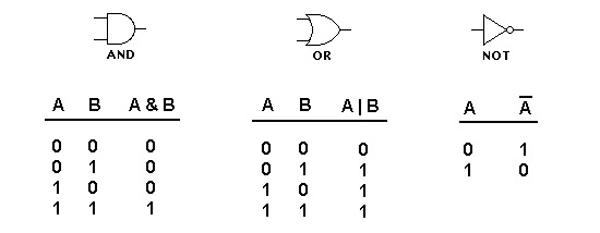Learn the Working Principle of Calculators
The human brain is extremely flexible and adaptable. However, sometimes, we find mind computing difficult due to the fact that the brain is not able to store many numbers at the same time.
According to a research done in 1950 by the psychologist George Miller, human beings have the capacity to remember approximately seven numbers at a time. This study also revealed that even our ancestors have been using different calculating tools, such as “abacus” (today calculators) to help them calculate.
The term ‘calculator’ is derived from the Latin word “calculare”, meaning to calculate something by using stones. First editions of mechanical calculators were widely used from the late 19th up to the late 20th century. Generally, calculators and computers have many things in common, however, calculators are human-operated machines, while computers are programmed for an automatic performance.
Before buying calculator for the first time, let’s take a look at some of the basics and the working principle.
The Inside of a Calculator
- Input: Keyboard membrane with around 40 plastic keys and a touch-sensitive circuit underneath;
- Processor: Microchip that is in charge of all the hard work;
- Output: LCD (Liquid Crystal Display) for showing the typed numbers and obtained results;
- Power Source: Battery or solar cell.
How Plastic Keys and Keyboard Work?
By pressing a plastic key, the rubber membrane underneath the key make an electrical contact between the two layers in the keyboard sensor, which is automatically detected by the keyboard circuit. The microchip recognizes the number that has been pressed and activates the right segments on the display corresponding to the pressed number.
How Does the Display Work?
Computer screens make numbers and letters using pixels (tiny grid of dots). The truth is, modern calculators are still “stuck” in the early ages (1970s). If you take a closer look at the calculator display, you will notice that each digit is made of different pattern of seven segments or bars. The microchip knows that it can display any of the numbers (0-9) by activating various combinations of these seven segments.
How Does the Calculator Add Тwo Numbers Together?
Numbers In Binary
The process of adding two numbers together involves representing decimal numbers in different format, “binary” and comparing them with electrical circuits, also known as “logic gates”.
For example, if you want to write 19, you press the numbers 1 and 9 written together as 19. This means 1×10 plus 9×1 = 19. This is an example of how decimal works using a system of ten symbols. Both calculators and computers, process and store the numbers by using a binary code with only two symbols (0 and 1) in order to represent any number. Consequently, in binary code, the number 19 is written 10011 or (1×16) + (0x4) + (0x8) + (1×2) + (1×1) = 19.
Logic Gates With Binary
Logic gates represent a simple electrical circuit that compares two numbers in order to produce a third number, known as “output”. There are three common types of logic gates:
- OR – it has two inputs and can produce an output of 1 (only if one of the inputs is 1);
- AND – it has two inputs and can produce an output of 1 (only if both inputs are 1);
- NOT – it has only one input that it reverses it in order to make an output.
Nowadays calculators come in wide range of different models, which practically means that there are many features to consider before buying calculator. The final word will be determined by your personal needs and of course, the budget.



